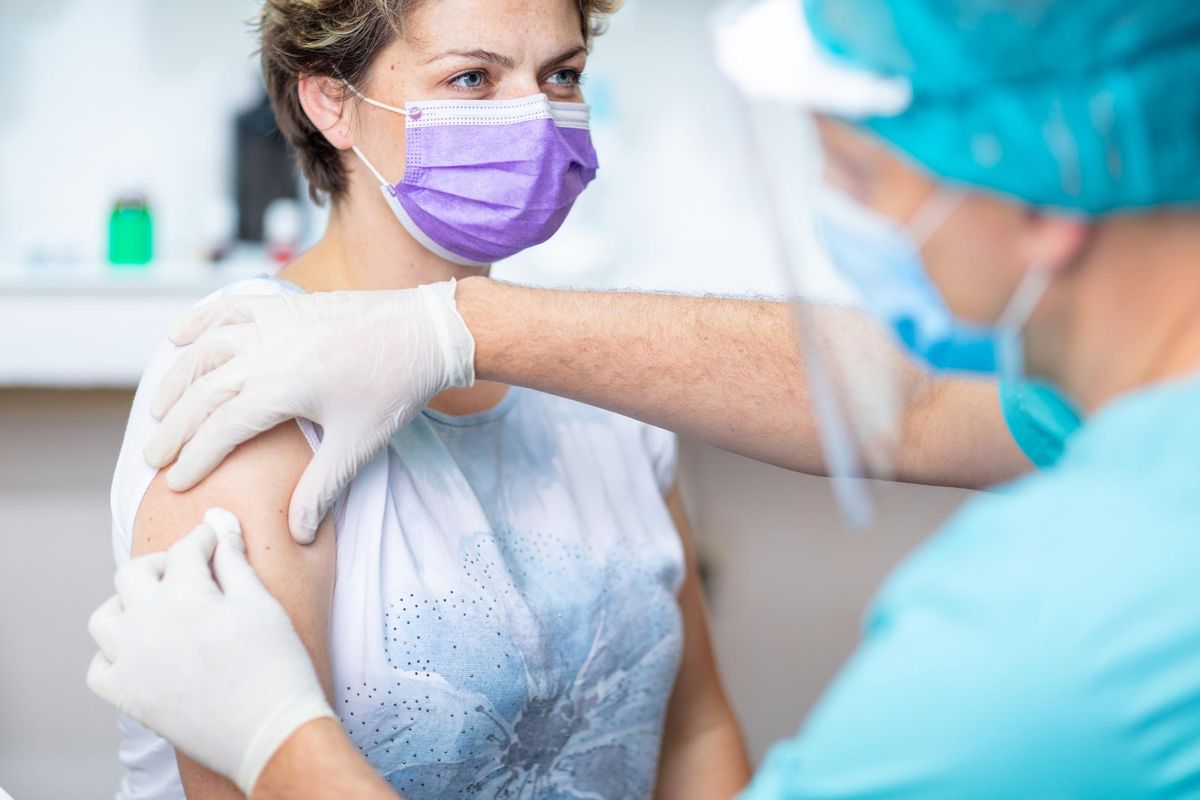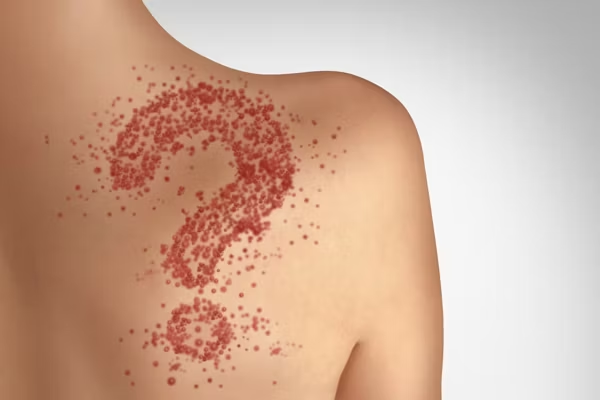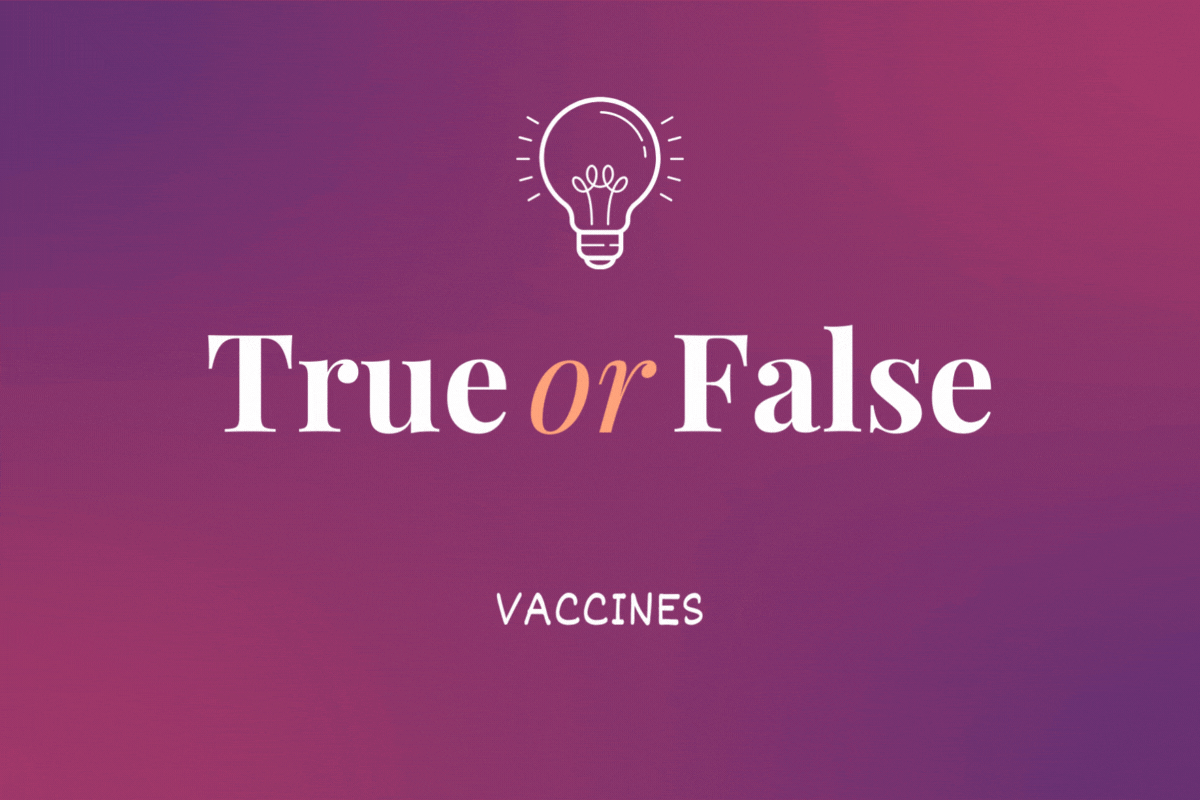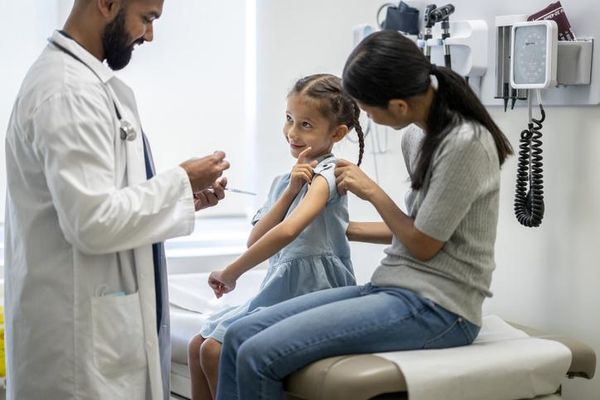This article was originally published in Morning Consult.
Most of America has just breathed a huge sigh of relief that vaccines from Pfizer and Moderna are on track for approval, with both companies having filed for an emergency authorization with the Food and Drug Administration. The good news from these companies is that data shows an effectiveness rate for the vaccines surpassing 90 percent.
As we all contemplate a post-COVID life of travel, concerts, and indoor dining, the challenges of making the vaccine "operational" are immense. As has been noted, vaccines aren't the solution, but vaccinations are — getting the vaccine into the arms of millions of Americans.
Much has been written about the steps of distribution, storage and who gets the vaccine first, which will be determined by a federal advisory group after FDA approval. Front-line health workers will likely receive the vaccine in January with the rest of the population having access through spring and summer of 2021.
These logistical hurdles, including the extreme cold storage that the Pfizer vaccine requires, can be overcome. The far bigger challenge is convincing a skeptical public to get vaccinated in numbers that will achieve population immunity. The success of the vaccine rollout will depend as never before on effective communications and countering misinformation.
With all three companies — Pfizer, Moderna and AstraZeneca — two doses of the vaccine will be required, further complicating a "get vaccinated" message. But there is a far greater message hurdle: Due to the politicization of COVID-19, many Americans believe that it is "fake news." The Trump administration's handling of the pandemic sowed so much misinformation that it created a credibility issue for the vaccine rollout. Health care workers report that some critical care COVID patients are still denying there is a virus.
If you layer this denial with the anti-vaxxer sentiments that have long bubbled below the surface of our health care system, the challenge of getting most Americans vaccinated is daunting. Communities of color have often resisted vaccinations due to past harmful experiences with the medical system. Yet Black and Hispanic Americans have been hit disproportionately hard by COVID. Langer Research just published a survey with the Washington Post that said less than half of Black Americans intend to get vaccinated, while two-thirds of Hispanics said they intend to get vaccinated. Only trusted community voices can change these numbers.
Each year, many Americans refuse to get a flu vaccine even though the flu can kill up to 60,000 people annually. The coronavirus has killed over 260,000 Americans. Will that number make a difference in creating more acceptance and urgency for the COVID vaccines?
Never before in health care communications have we faced more significant challenges in rolling out a medical product. Companies, government agencies and health care associations have skilled communicators. We will need all of their collective expertise to get America vaccinated.
Here are some principles that should shape communications in the vaccine rollout:
Accuracy and consistency of message – It is essential that all communications materials related to the vaccines have the most accurate and current information. Having to correct information that has been publicly disseminated gives a huge blow to credibility. Messaging should be consistent among all spokespeople in the rollout.
Simple and clear – Simple, direct messages are the most easily retained. The science behind the vaccines is fascinating, but people don't need to know the intricacies of RNA as much as the why and how of getting vaccinated. A shout out to Dr. Michael Osterholm, an epidemiologist on President-elect Joe Biden's COVID Task Force: Dr. Osterholm has a direct and clear way of framing messages. On social distancing, he advises against "swapping air with people." Maestro!
Repetition of message – We are bombarded with messages: Americans send 26 billion text messages every day. A message has got to be repeated consistently to break through. It is not enough to rely on the launch of the vaccines with the usual news hoopla; it is a sustained effort over time that will make messages "stick."
Credibility of spokespeople – It's not just what you say, it is who says it. Lead with the health care experts. Dr. Anthony Fauci is the most trusted health leader on COVID-19 issues. In a recent Morning Consult poll, 2 in 3 respondents rated his response to COVID-19 as "excellent" or "good." Despite being caught in some political crossfire, his credibility remains high with the American public, and they will look to him for a "seal of approval" statement on the vaccines. Dr. Osterholm and other public health experts who have been flooding our airways since March will also weigh-in on the legitimacy of these vaccines. They will be effective advocates in urging the public to cast doubt aside and get vaccinated.
Alignment of allies – This is a war for America's health. Given the resistance to vaccines, we need a multifaceted campaign led by allies in health care and other sectors, including trusted community leaders. Develop an "influencer map" of supporters and detractors. It is just as important to know the latter as the former. You have to understand the game board to make successful moves.
Multiple channels – We all know the fragmentation of communications and experience it daily with news from multiple sources. In a campaign to get America vaccinated, we have to push messages through all the channels where Americans get their information. Facebook is the primary source of news for many people. Along with traditional media outlets, social media platforms must be utilized effectively.
Sustained campaign – This is not a campaign of a few months but a few years and beyond. Behavioral change in public health occurs slowly and a pro-vaccination mindset in a deeply divided country will not happen overnight. The good news is that science in the end usually triumphs.
Nancy Hicks is a health care communications consultant who has headed health practices at global communications firms, published two books on health communications and was given a Lifetime Achievement Award by the Health Academy of the Public Relations Society of America.







